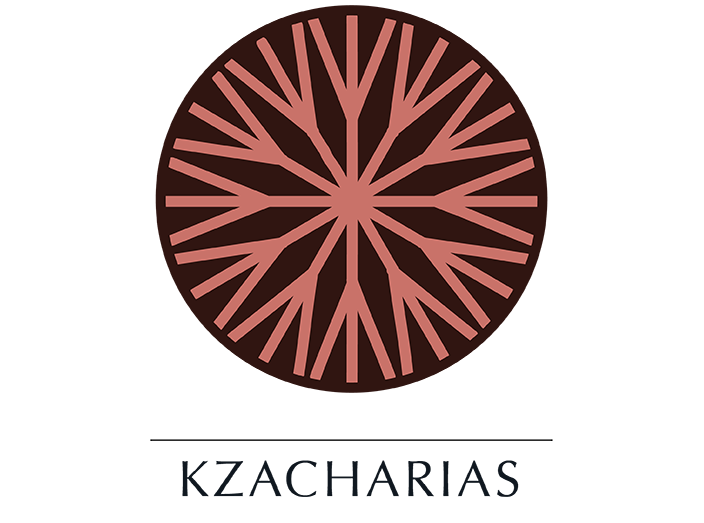Boivin was founded in 1890 by Monsieur Jules René Boivin (1864-1917).
He registered his makers mark and this was also the year in which he married Jeanne Poiret, sister to the famed couturier Paul Poiret.
The majority of his work was produced for prominent jewelry houses such as Mellerio and Boucheron and he identified himself as a manufacturer. However, he also began to develop a group of private clients for whom he created jewelry largely inspired by the natural world such as flowers and animals, both real and mythological. He was creating fine diamond jewelry as well as chased gold work including jewels and decorative objet and now referred to himself as a ‘jeweler’. After his premature death in 1917, Madame René Boivin began by completing orders and perpetuating the style of jewelry created by her late husband with whom she had worked so closely for over 25 years. However she had strong ideas of her own about what constituted good jewelry and over time she began to create more and more pieces to her own designs. Unconcerned with the prevailing fashions of the period, she favoured bold, voluminous pieces set with large colored gems and hardstones, used interesting textures and sculptural forms and created jewelry that was unapologetic, commanding and yet still feminine. In 1921, she employed a saleswoman Suzanne Vuillerme (later Belperron) who would be the first of three women to contribute significantly to the design ethos of the firm. Suzanne’s technical rendering skills were excellent and by 1925 she was helping Madame Boivin translate her ideas onto paper as well as contributing thoughts and suggestions of her own. Madame Boivin believed her “creative energy is indispensable to us, and she plays a major role in the artistic life of the Maison” however this was to come to an end in 1932 when Suzanne left and was replaced by Juliette Moutard.
In 1931, the firm had moved to new premises on the Avenue de l’Opéra but remained as a private salon known only by referral. Despite this, or perhaps because of this, their success continued to grow and they attracted an increasingly large circle of wealthy and distinguished clients who appreciated the uniqueness of a Boivin jewel. Juliette worked closely with both Madame Boivin as well as her daughter Germaine a talented designer who, after a career designing for her uncle Paul Poiret, formerly joined the family business in 1938. For many years, these three women forged a unique partnership, each with their own strengths and areas of expertise, working seamlessly together to create some of the 20th century’s most exciting jewelry. Whilst Juliette and Germaine allowed their imaginations to flourish in the designing of the jewellery, Madame Boivin oversaw the production of the pieces with a fastidious attention to detail and eye for style. Madame Boivin retired in 1954 and died a few years later in 1959 leaving the company in the capable hands of Germaine who continued to run it along her mother’s principles until 1976. Juliette Moutard had retired a few years earlier in 1970 and Germaine was now ready to do the same. With no descendants to inherit the firm, selling it was a necessity but fortunately a buyer was found amongst the Maison’s own employees ensuring a seamless transition. Jacques Bernard was a talented jeweller, trained at Cartier, who had joined the firm in 1964 and assumed technical directorship shortly afterwards. His work thereafter continued to respect the Boivin tradition and high levels of craftsmanship demanded by his predecessors.
The firm was sold to the Asprey Group in 1991 and business ceased.
